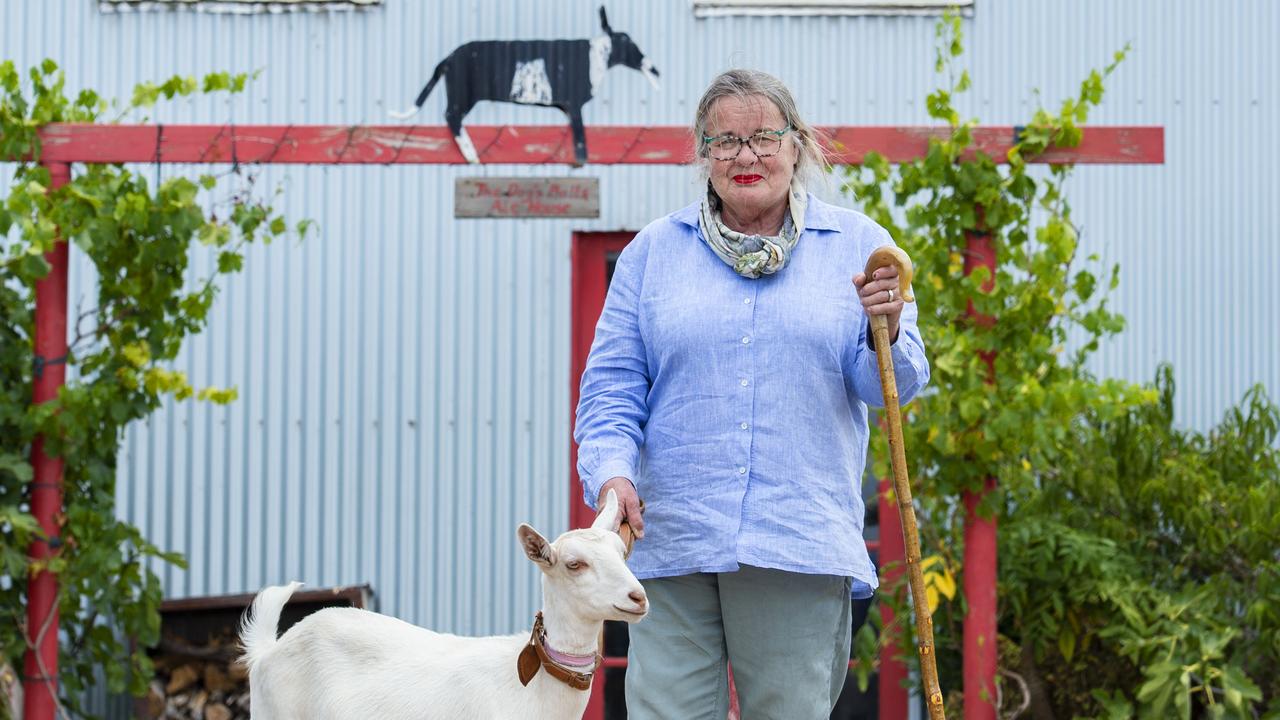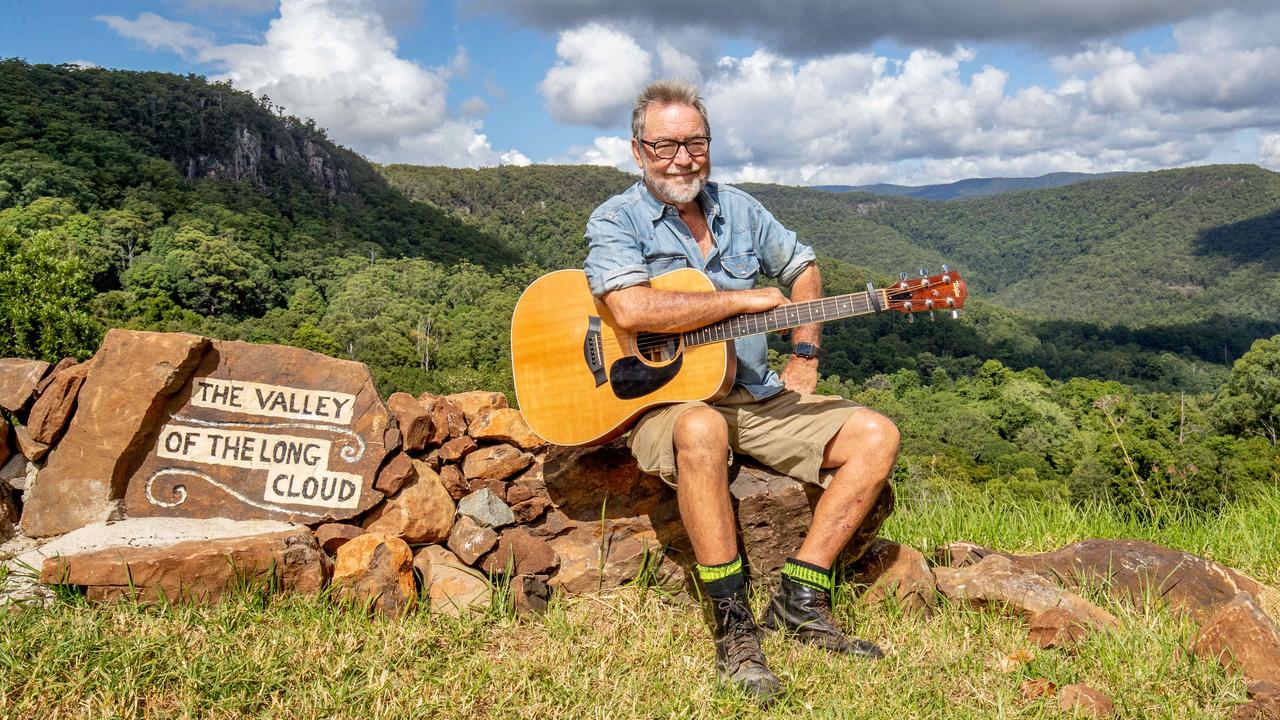Junee Roundhouse: Volunteers save town’s famous rail history
A DESIRE to maintain the town’s rich heritage led to a group of Junee residents joining forces to campaign for the retention of the historic railway roundhouse, writes SARAH HUDSON.

NEVILLE Hyde shuffles along with his Zimmer frame in one hand, sweeping the floor with a broom in the other hand.
“I started as a cleaner in the railways and now I’ve finished up as a cleaner,” chuckles the 88-year-old.
The role of cleaner at the Junee Roundhouse is one that Neville does not begrudge. After 43 years in the railways — starting as a cleaner and working his way through to driver, retiring in 1994 — he now spends his days as one of 16 volunteers at the roundhouse, a select group who all used to work on the railway and now all work to keep NSW’s railway history alive.
“So many beautiful old railway buildings were destroyed over the decades — it was the policy of the department to knock them down,” Neville says.
“So it’s marvellous that this building is still around.”
When the Junee Roundhouse, in the NSW Riverina, was built in 1942 it featured the largest turntable in the southern hemisphere at 100 foot (30m).
In 1994 the impressive historic building was set to go under the wrecking ball, but a group of locals saved it and gave it a new lease on life — half the building is now used for a museum, showcasing more than a century of locomotives, while the other portion is a business, used for its original purpose of reconditioning and rebuilding locomotives and rolling stock.
Junee’s railway history dates back to 1866 when the first train arrived in town from Sydney.
Given that Junee is halfway between Sydney and Melbourne, trains have always — and continue — to stop in the Riverina town.
There is also a branch line out to Griffith, Hay and Narrandera, critical to transport freight from grain crushing mills in those areas.
Before the heritage-listed roundhouse was built in 1942, the railway works building (1866) was in the centre of town, explains Keith Ison, current chairman of the Junee Roundhouse.
“For many years travellers knew they were approaching Junee by the smoky haze visible across the horizon from all the steam,” Keith says.
“So when the roundhouse was built on the edge of town, locals were very happy.
“Older residents still recall that they couldn’t hang washing on the line for the soot.”
The roundhouse was built to service more powerful and larger steam trains, of which there were 38 classes.
When built, the 100 foot (30m) turntable was the largest in the southern hemisphere and is now exceeded only by three other 105-foot turntables in NSW (Broadmeadow, Thirlmere and Werris Creek).
The brick roundhouse has 42 repair bays, a machine shop and until the demise of steam in the early 1960s, had a large, elevated coal stage and a de-ashing pit.
During the 48 years of government railway operation, virtually every class of steam and diesel locomotive, self-propelled rail cars, modern XPT power cars and some interstate locomotives received attention at the Junee Roundhouse.
Keith says that with the arrival of diesel power came dramatic changes to the workforce — gone were the boilermakers, blacksmiths and steamfitters, replaced by diesel fitters and electricians.
Eventually it was these changes that drove the railways to announce in 1993 that the roundhouse was going to be closed and bulldozed.
“There were 450 guys who were employed who lost their jobs. It devastated the town, which at that time had a population of about 3600,” Keith says.
That was when local farmer Gail Commens — who has a 260ha sheep and cropping property — spearheaded a community campaign in the ’90s with a proposal to NSW Railways to turn half the roundhouse building into a museum and tender out the other half.
“I don’t really have a love of trains but I do have a love of heritage.
“You look at old photos of any town in Australia and there are beautiful buildings that no longer stand, simply pulled down,” Gail says.
“Junee is my home town and I thought we should preserve this building.”
Gail gathered a group of dedicated locals who lobbied the NSW Government and won the reprieve for the roundhouse, which is now regarded as a mecca by train buffs around Australia.
The Junee Railway Workshop half of the building has run since 1994, a private company repairing, maintaining and leasing locomotives for local industry, with about 30 staff.
On the opposite side, the 14-bay museum has about 12 locomotives in its collection, as well as a range of rail memorabilia.
There are four electric trains, which ran in the ’60s and didn’t last long because they had to run as far as the power lines.
The oldest locomotive is 125 years old, a 2413 class black steam train built in Glasgow to freight coal.
The roundhouse museum is home to the only working steam-driven accident crane, built in America in the early 1940s.
Water Tank Wagon 1171 includes a 107-year-old vintage sleeping car, with double-decker bunks and gas-fired kitchen, lighting and heating, converted to accommodate the breakdown crew, complete with water supply.
“If a train derailed they would use the accident crane to lift the train and the work crew would sleep in the sleeping car, which was like a self-contained home,” Keith explains.
A century-old mail car used to run between Sydney and Dubbo, sorting mail as it went to drop at stations.
“The mission of the museum is to keep NSW’s railway history alive.
“We are ensuring it’s protected forever,” Keith says.


